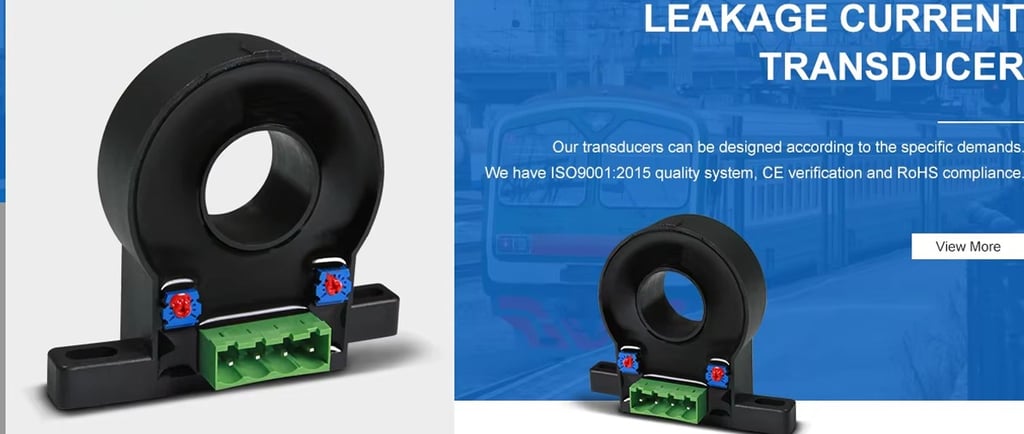Will a Transducer Work Through Plastic
Wondering if a transducer can work through plastic? Explore the science, the humor, and the practical uses of transducers in this lighthearted guide!
Azael
8/2/20222 min read


Will a Transducer Work Through Plastic?
Transducers are like the Swiss Army knives of the tech world. They convert one form of energy into another, and they do it with style—whether it’s sound waves, pressure, or magnetic fields. But here’s the big question: can they work through plastic?
Spoiler alert: Yes, they often can! But like most things in life, it depends. Let’s unpack this with a pinch of science and a sprinkle of humor.
First, What Exactly Is a Transducer?
A transducer is a device that takes one kind of energy and turns it into another. Think microphones (sound into electrical signals) or ultrasonic sensors (sound waves into distance measurements).
The magic lies in the type of energy it’s dealing with. When you’re asking whether it works through plastic, you’re really asking, “Does the energy this thing uses get blocked by plastic?”
Plastic: Friend or Foe?
Plastic is an interesting material. It’s solid (obviously), but it’s also non-magnetic and generally not a great conductor of electricity. For many types of transducers, this is actually a good thing. Here’s how it plays out:
Ultrasonic Transducers
These use high-frequency sound waves, like a bat echolocating its dinner. Sound waves can travel through plastic fairly easily, so ultrasonic transducers can detect objects or measure distances even with a plastic barrier in the way. Just make sure the plastic isn’t too thick or filled with air bubbles—those can scatter the sound waves and mess with the readings.
Magnetic Transducers (Like Hall Effect Sensors)
Magnetic fields don’t care much about plastic. If you’re using a magnetic transducer, the field will happily pass through most types of plastic as if it’s not even there. This makes them great for applications like monitoring motors or detecting magnets in sealed systems.
Capacitive Transducers
Now, here’s where things get tricky. Capacitive transducers rely on electric fields, and plastic can act as a dielectric material. In plain English, the thickness and type of plastic will affect whether or not the transducer works well. Thin plastic? Probably fine. Thick or oddly shaped plastic? That’s a harder sell.
A Practical (and Humorous) Example
Let’s say you’ve got a coffee maker with a water level sensor. The sensor is probably ultrasonic or capacitive, and it’s working through the plastic water tank to tell you when it’s time for a refill. But what if the tank is coated with an insulating plastic film thicker than a dictionary? Suddenly, your “low water” alert might start lying to you. Plastic: 1, sensor: 0.
So, Will It Work?
Most transducers will work just fine through plastic, especially if the plastic isn’t too thick or weirdly composed. Ultrasonic and magnetic transducers are the champions here. Capacitive ones might need some careful design considerations, but they can still pull it off.
The key is knowing your transducer’s limitations—and the plastic’s personality. Not all plastics are created equal, and sometimes, you’ve just got to test it out to be sure.
Final Thoughts
Plastic may be everywhere, but for transducers, it’s more of a speed bump than a roadblock. So next time you’re designing a gadget or troubleshooting a sensor, don’t sweat the plastic—embrace it. Just don’t make it too thick, or your transducer might start protesting silently.
And if all else fails? Maybe try glass. It’s clearer, classier, and, let’s face it, less of a diva.
Related Blogs
Sensors
Quality hall effect sensors for various applications.
Wholesale
Customization
azael@halleffectpro.com
+86-15205190013
© 2012-2024. All rights reserved.
